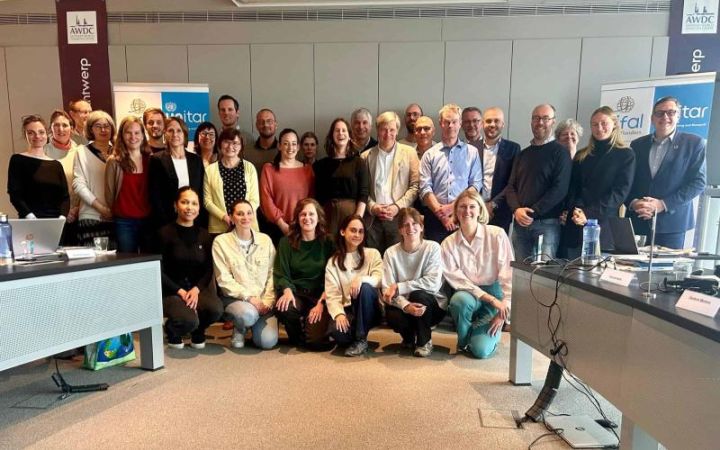A small community faced an urgent problem. The inhabitants of Change Islands, an isolated fishing community spanning two small islands off the northeast coast of Newfoundland, were entirely dependent on an old, unreliable ferry to go back and forth to the Newfoundland mainland. The community was often cut off from the mainland for long stretches of time, causing economic and personal hardship for the inhabitants. To address the issue, the provincial government of Newfoundland and Labrador provided the islanders with a brand new, state-of-the-art ferry.
“The problem, though, is that because the ferry is so high-tech, it can’t be repaired in Change Islands,” says Phoebe J. Sengers, Science and Technology Studies/Information Science. “Almost every time the ferry breaks down, it has to be sent somewhere else to be fixed or the parts need to be shipped from overseas. The new ferry was down for four out of the first six months it was on the route.”
The situation in Change Islands illustrates two aspects of technology and design that especially interest Sengers: the historical and social impact of existing infrastructures and the challenge of designing new infrastructure for improved outcomes.
Read the full story on the College of Arts and Sciences website.









